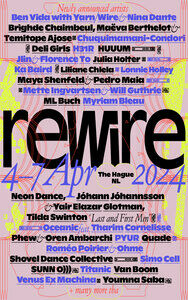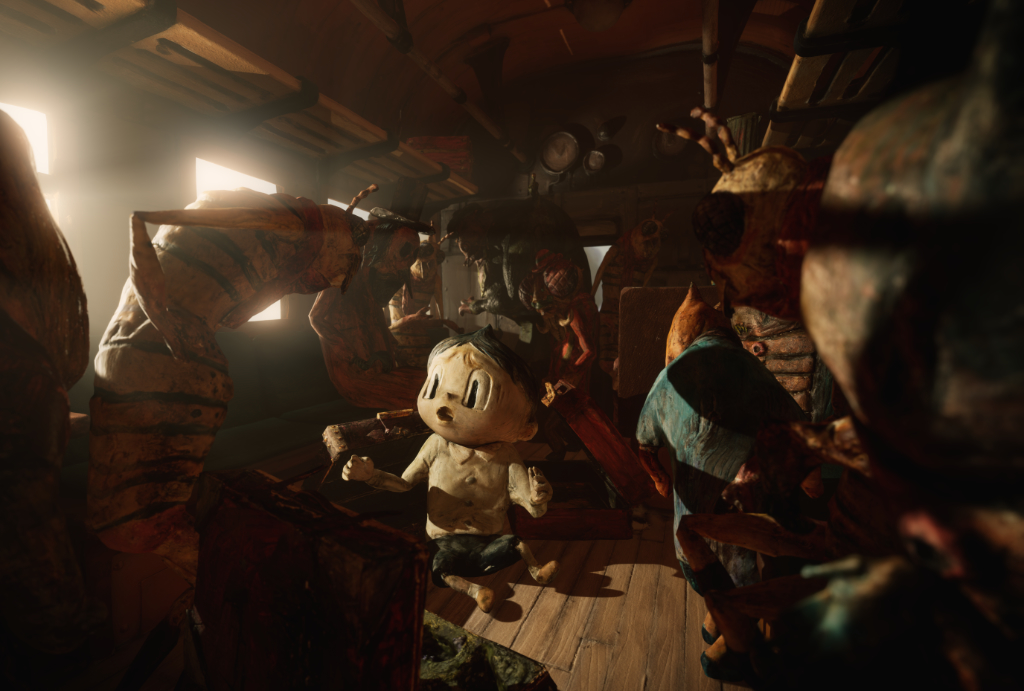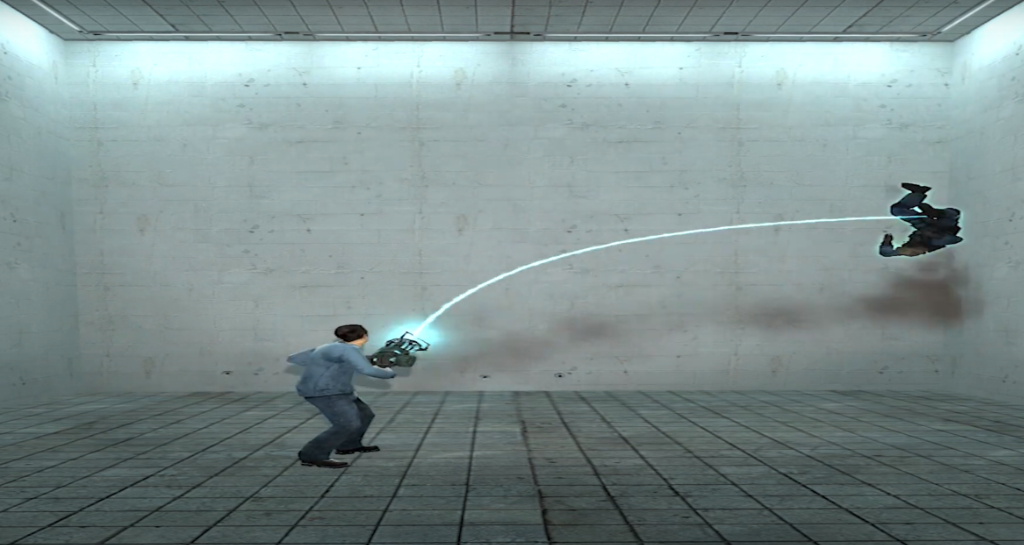Text CLOT Magazine

Dislocation: [noun] Disturbance from a proper, original, or usual place or state —English Oxford Dictionary
The first of the three definitions that the English Oxford Dictionary give us of the term dislocation is, ‘disturbance from a proper, original, or usual place or state.’ A disturbance is always an interruption, either physical or emotional, and has different interpretations depending on how we internalise it. With a captivating programme and an engaging selection of artists and panellists, Unsound brought us thoughtful insights into the social, political, geographical and cultural approach rooted in dislocation.
Temporal Dislocation with R. Andrew Lee, who presented his five-hour, powerful album November on Dennis Johnson. Spatial dislocation with Rashad Becker and Sote in conversation with Philip Sherburne about the state of the global avant-garde and how it relates to geography. Body dislocation with Body Sculptures. Dislocation in culture with Felicita & Stanislaw Hadynas with Scottish artist Florence To blending both traditional dances and experimental visuals.
Dislocation in politics exploring, on one hand, the survival of the underground nightlife in a globalised culture, and Brexit strategies and the gentrification of the cities from the music scene perspective, on the other. An extended day program with panels and talks from Johannes Klabbers, Kristen Gallerneaux, Robert Lippok and Lillevan, Tom Ellard and Harm Van Den Dorpel, to name just a few, were part of this year’s edition. All together joined forces to throw thought-provoking ideas and insights to help understand the society where we live in.
We were especially interested in how the selection of the discussion panels and talks tackled the festival theme from different perspectives. The conceptual frame of this year’s dislocation theme lies at the heart of posthumanism. Johannes Klabbers, a writer and posthumanist therapist, gave a talk titled How Can a Posthumanist Be? An immersive performance based on a method developed by John Cage in 1958. Questions like, ‘How are human beings in time and space’ or ‘How do we know what is real’ and other topics such as death, dislocation, loss or suffering came out during Johannes’ session.
After the closure of the London club Fabric (*), the panel Gentrification, an exploration, was an immersive analysis of how the development and the real estate speculation affect the music scene of cities such as London, Berlín and New York. It was presented by Luke Turner from the Quietus and had panellists like Jan Rholf, artistic director of CTM and Jacek Plewicki of Brutaz Warsaw and Kraków.
The panel Brexit Strategies (led by Derek Walmsley, editor of The Wire, talking to UK’s Gaika and Felicita and former Unsound PR manager Katarzyna Stuczynska) looked into the concerns and consequences of the Brexit vote, a social dislocation with profound implications not only for the UK economy but also in the culture and art across the country.

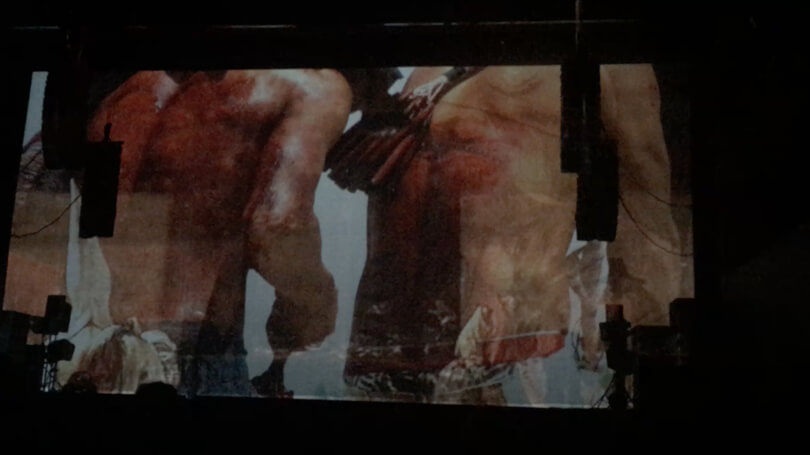
Media historian and artist Kristen Gallerneaux’s talk Sonic Spectres was a fascinating journey into the compelling history of paranormal culture, a dislocation in time and space that made us think that another reality can be possible. Kristen, the curator of The Henry Ford Museum in Detroit (EEUU), will publish her book High Static, Dead Lines early in 2017.
Andy Battaglia and Philip Sherburne, curatorial advisors of the festival, lead two of the most interesting discussions. In conversation with Andy Battaglia, two different panels took place under the premise Dislocated Landscapes. In the first one, Berlin-based Robert Lippok and Lillevan talked about their commissioned project Gletschermusik, a project blending science and art that uses the sound of melting glaciers of Central Asia to provoke debate on how humans are deteriorating the environment.
For the second panel, sound artist Helm (UK), the Greek collective Embassy For The Displaced and Moa Pillar (Russia) presented Inner Space: Siberia, a commissioned project for Unsound Dislocation: Vladivostok. The project is a dislocated journey in Novosibirsk and Altai Mountains through audio and film. They also presented the short film Where Land Meets The Sea about the refugee crisis on Lesvos Island.
On the other hand, Philip Sherburne introduced the talk Matmos on Robert Ashley, where the electronic duo Matmos presented their performance on the opera Perfect Lives. Matmos discussed their affinity for Robert Ashley (1930-2014), an opera composer, writer, and multimedia artist best known for pioneering opera-for-television and for incorporating electronics in his operas.
Today, more than ever, it feels like a premonitory chant for the disassembly of a crying America. The performance was an exciting, challenging and thought-provoking experimental “soap opera”. It could take you some time to get into their weird, spellbinding universe, but once you managed, it unruled into a touching experience.
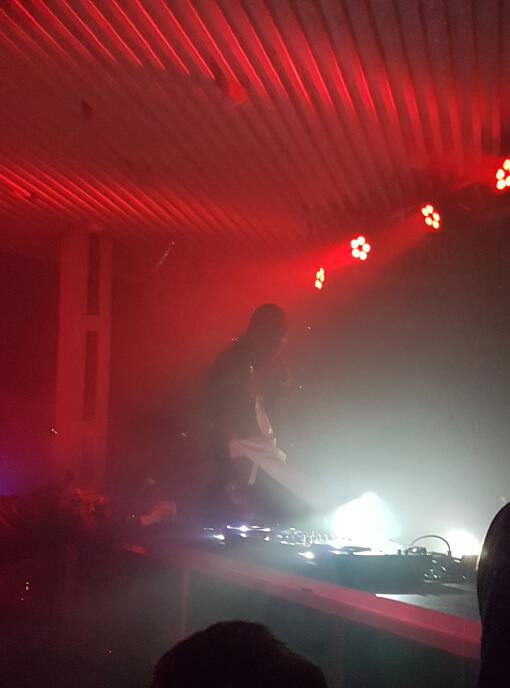

Apart from all these stimulating talks and discussions, and between huge amounts of Pierogi (with the repeating question in our crew: do you prefer yours steamed or fried?), shots of vodka and running around the city, we also enjoyed a week lavished with the most inspiring live shows and performances.
This year there was a particular emphasis on the so-called cross-border collaborations. From these, we were remarkably beguiled by Xylouris White (a collaboration between Dirty Three’s drummer Jim White and Cretan lute player George Xylouris), Rabih Beani, who unfolded his hardware magic alongside Indonesian duo Senyawa and Alan Bishop’s Dwarfs of East Aguza, who took us into a Krautrock vortex via North and West African sounds.
Unfortunately, the show from Moritz Von Oswald with Orda Sakhna, a band from Kyrgyzstan, didn’t feel like the smooth journey we hoped for, but that’s the risk of unconventional collaborations and improvisation. Body Sculptures, joined by Orchestra Sinfonietta Cracovia, closed the festival with a powerful and poignant set. With superb lighting, the group was formed by artists from Denmark’s Posh Isolation and Sweden’s Northern Electronics labels and gave us a performance that was a real feast for our already over-stimulated senses.
Audiovisual collaborations were particularly thriving. Dasha Rush and Stanislav Glazov opened the festival with a mesmerising performance Darks Hearts of Space inspired by black holes. Dasha’s ambient sounds were perfectly complemented by Stanislav’s images recalling the cosmos abyss. Aisha Devi’s sensual and spiritual immersive show is based on her last album, Of Matter and Spirit, accompanied by ravishing visuals from Emile Barret. Taking inspiration from her Nepalese-Tibetan heritage, Aisha brought a ritualistic aura for Tuesday night.
Tantric but in a completely different way, Amnesia Scanner and Bill Kouligas made us trip with their new project Lexachast while the generative visuals of Harm van den Dorpel were an enthralling match that pushed our thoughts into what’s beyond the surface of the internet. This show brought us straight to the next one; there were high expectations for the new collaboration of Rolly Porter and visual artist Marcel Weber aka MFO (who also does an incredible job designing all the festival’s lighting)– we weren’t disappointed.
The feminine faction was an absolute winner of this edition. It was a solid representation of artists and creatives doing what they do best and enjoying it. They showed us how to have lots of fun even in the harshest outputs. From Lena Willikens and Dasha Rush on the opening night party, the abrasive sounds of Polish multidisciplinary artist Anna Zaradny, to Sweden’s Kablam, Denmark’s Apeiron crew and Polish Olivia, they put out sets that broke genre barriers by recontextualizing testosterone-infused techno. On the closing night party, usually when, after a week of intense experiences, energy levels get to worrying levels, Veronika Vasicka shook us with a sublime techno set.
Other sets and shows that need a special mention were those by Iranian artist Sote, who gave an incredible performance on Monday night. His clanging and vigorous sounds set the bar high for what would be the rest of the week.
Peder Mannefeld appeared in front of us as a sort of sinister mermaid, and In the Mouth of the Wolf, the project of Ancient Methods and Cindy talk, which was a night trip from a sinuous start to a dark descent into industrial techno sounds. Dj Earl, a most prominent figure in the footwork genre, made us dance with frantic moves, and two of our favourite performances, Errorsmith and Yves Tumor, both probably not the most conventional of the acts, but utterly stimulating -apart from terribly fun-.
And yet another year again, Unsound Krakow stood out as one of our favourite festivals, opening up our thoughts and reflections on culture and art.






